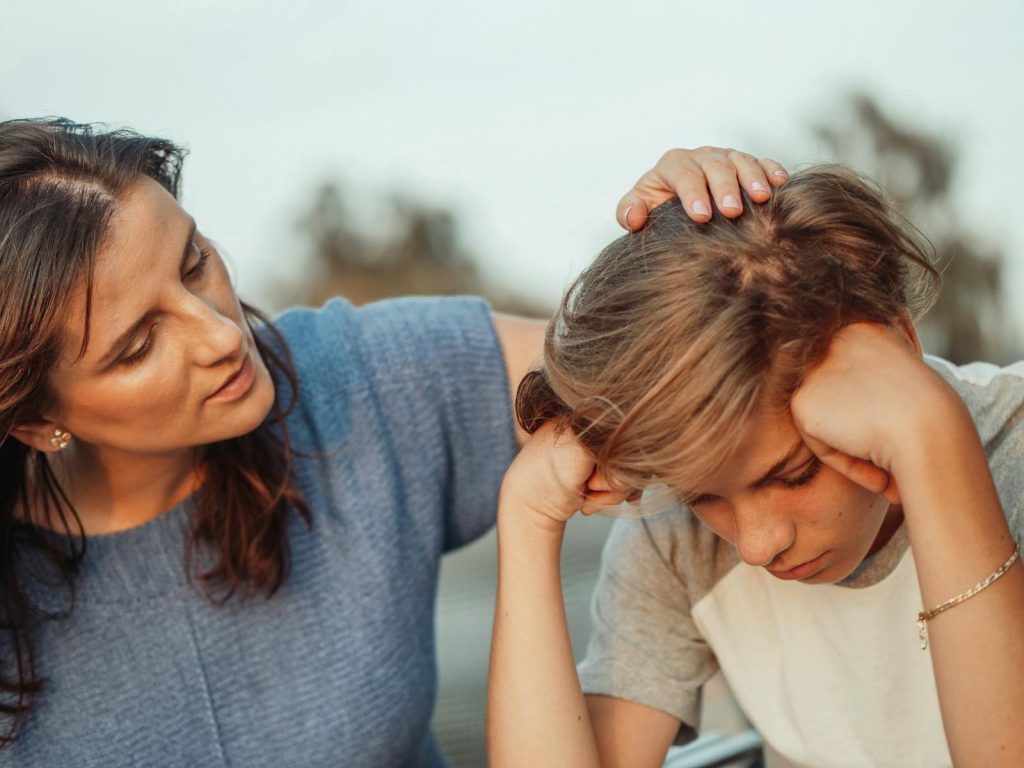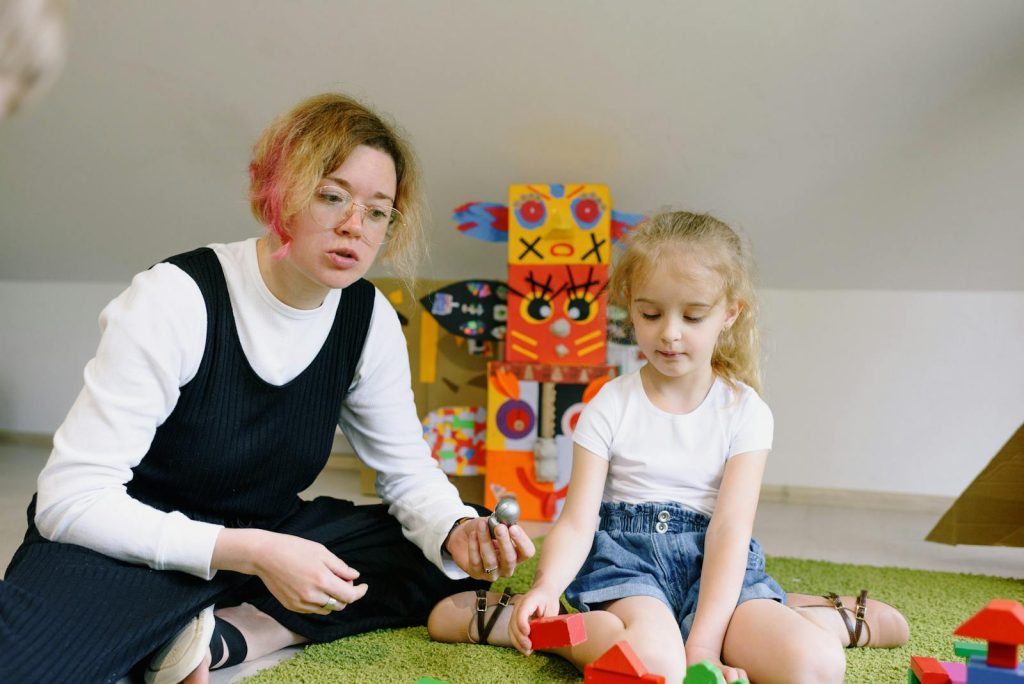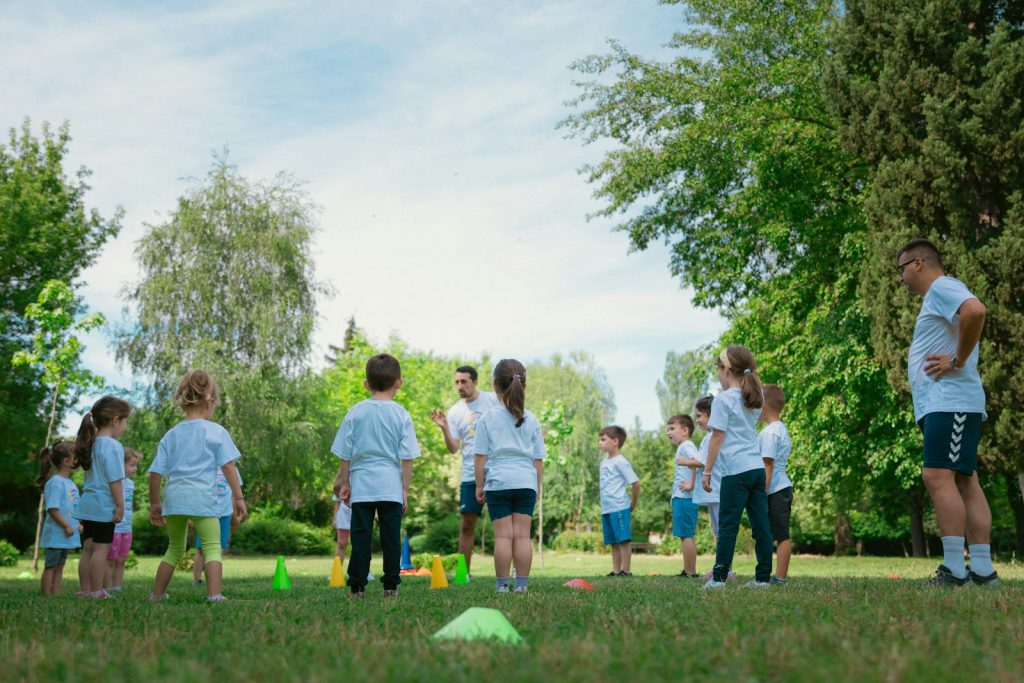Parenting has changed a lot over the years, and so have the things parents allow their kids to do. What seemed normal or even harmless in the past can feel risky or unacceptable today. These shifts reflect growing awareness of safety, health, and social expectations.
Some childhood freedoms your parents gave you might be surprising or even shocking if you look at them through today’s standards. Understanding these differences helps explain why parenting feels different now—and why certain old habits no longer fit in our modern world.
Letting kids roam the neighborhood unsupervised until dark
You might remember a time when kids could play outside for hours, riding bikes, exploring, and making friends without constant supervision. Letting children roam freely was seen as a way to build independence and confidence.
Today, these same activities often raise concerns about safety and legal boundaries. Laws in many places now restrict how young children can be left alone outside. Still, some parents find ways to balance freedom with modern worries, sometimes using technology to stay connected while letting kids explore.
Riding bicycles without helmets
You might remember when kids rode bikes without helmets, feeling free and carefree. Back then, helmets were rarely worn or even considered essential for safety.
Today, the rules have changed a lot. Many places require children to wear helmets while biking, making it not only safer but often the law.
Wearing a helmet can reduce serious head injuries by a significant amount. So, even if it feels different from the past, it’s a simple step you can take to protect yourself or your kids.
Leaving children home alone at a young age
You might be surprised how much attitudes about leaving kids home alone have changed. In the past, many parents felt comfortable leaving children unattended at younger ages.
Today, most experts recommend waiting until your child is at least 12 before leaving them alone. Some states even have legal minimum ages, like 14 in Illinois or 10 in Oregon.
It’s important to think about your child’s maturity, not just their age. You want to make sure they can handle emergencies and stay safe.
Leaving a child alone too early can lead to safety risks and legal trouble. So, take your time deciding when your child is ready.
Allowing kids to climb trees without safety gear
You might remember climbing trees freely as a child, without helmets or harnesses. Back then, it was common for kids to explore nature this way, learning balance and confidence.
Today, many parents hesitate to let their kids climb without safety gear. Concerns about falls and injuries have made unprotected climbing less accepted.
Still, supervised tree climbing can offer great benefits for your child’s physical and emotional growth. It teaches risk assessment and builds resilience when guided carefully.














